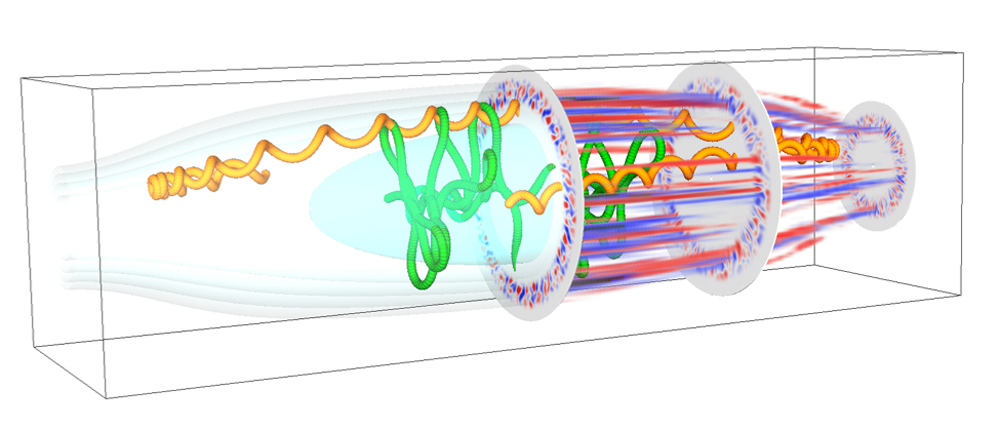December 13, 2017 | Michl Binderbauer
Super(computer) Powers
I am proud to announce TAE Technologies has been awarded admission into the Innovative and Novel Computational Impact on Theory and Experiment (INCITE) program by the U.S. Department of Energy (DOE) Office of Science.
The Principal Investigator (PI) is Sean Dettrick, head of our plasma modeling group. The Co-PI is Toshiki Tajima, Chief Science Officer of TAE Technologies.
The INCITE program acts as the primary point of access to the DOE Leadership Computing Facilities at Argonne and Oak Ridge National Laboratories, which house two powerful supercomputers dedicated to open science. Academic, governmental and industrial researchers submit INCITE project proposals in pursuit of scientific breakthroughs ranging from sustainable energy technologies to next-generation aerospace designs.
Leadership-class computing facilities are crucial for processing the intricate calculations required in these research fields. The CPU and memory requirements are massive and would be impossible to achieve on commodity clusters.
As an INCITE awardee, TAE has been granted 31 MCH (million core hours) for a two-year project on the Argonne Leadership Computing Facility’s supercomputer, Theta, a multi-core Intel Xeon Phi based Cray XC40. That’s about the same computational muscle as running your desktop computer for 500 years nonstop.
With this significant allocation of high-performance computing resources, we will be able to further simulate the varied and complex conditions for plasma temperature increases at scale. We will explore the critical questions of plasma stability and heat loss in pursuit of the delicate balance required to achieve the HE/LE milestone – the key to sustaining a fusion reaction.
The objective of our advanced beam-driven FRC research with Norman is to achieve the Hot Enough component of the HE/LE milestone by increasing the temperature of the magnetically-confined plasma to see if the favorable Long Enough confinement conditions discovered on the C-2U experiment continue to hold.
For our INCITE project, we have developed two strategic computing initiatives: A first-principles code to study the losses of plasma heat and particles due to kinetic microturbulence, and a kinetic code to study macro-stability properties of the plasma.
Finding continued beneficial energy confinement scaling on Norman, paired with favorable predictions by our codes with regards to reactor behavior, will bring us dramatically closer to a prototype net energy fusion generator.
This would be a transformative event for energy generation, and the culmination of everything we’ve dedicated ourselves to for the last 20 years.

Figure 1. The above computer simulation illustrates a defining feature of the physics underlying TAE’s field reversed configuration technology – “micro” turbulence may develop on short length scales, but the ion orbits are large enough that they are not significantly affected – they ride through the turbulence like a cruise ship over small waves. Simulated 3D micro-turbulent perturbations are shown as red and blue streamers, and some 2D cross-sections of the turbulence are shown also. Two example ion orbits are shown as orange and green curves. The light blue egg-shaped surface represents the boundary of the closed magnetic field line region.